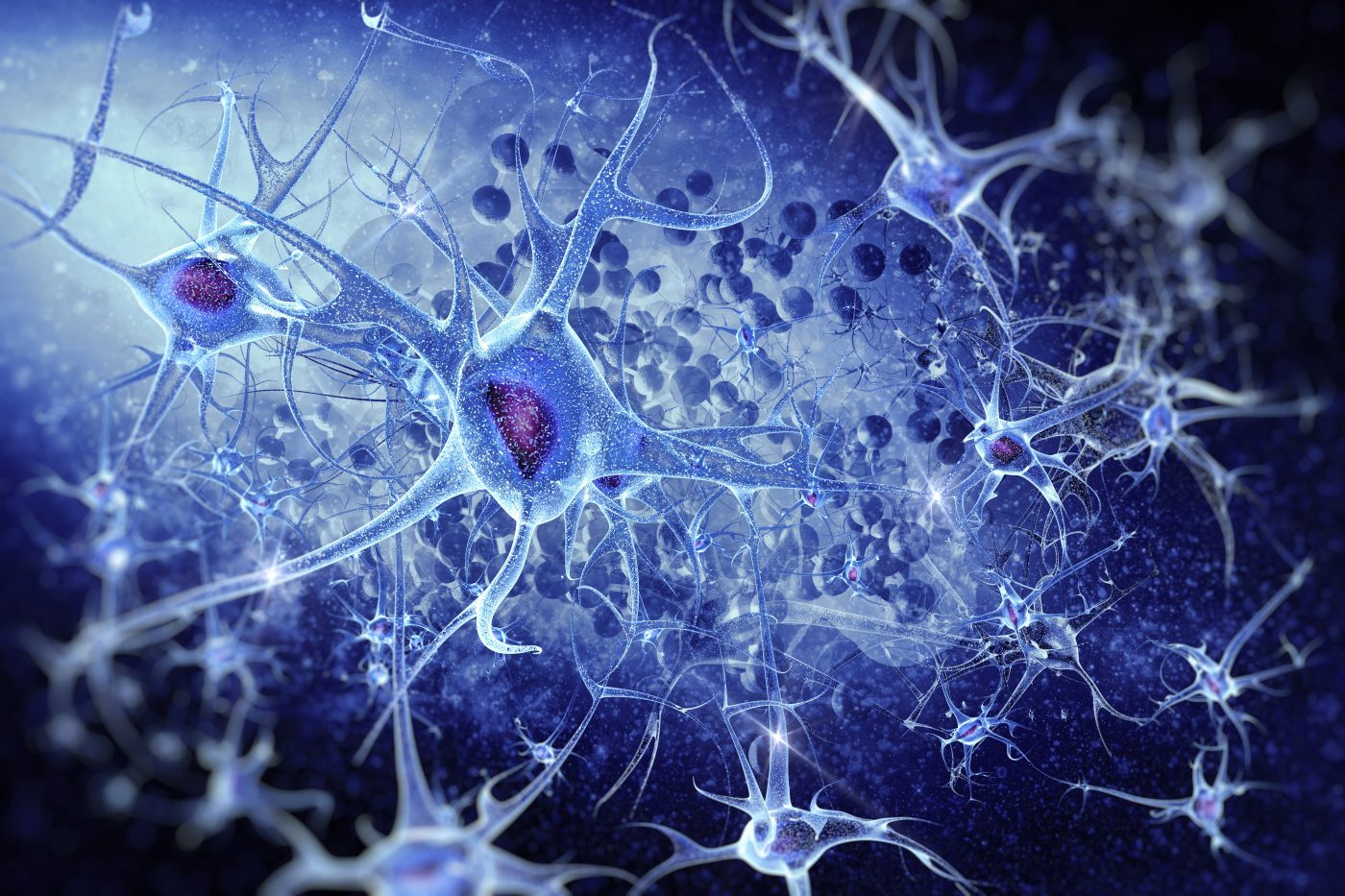New Study Data Released on Therapeutic Agents For a Range of Brain Diseases

New encouraging data on novel therapeutic drugs targeting components affected in several brain diseases linked to dementia have been recently presented at the Alzheimer’s Association International Conference 2015 (AAIC 2015) in Washington, D.C.
The brain diseases considered included Parkinson’s disease, Alzheimer’s disease and Lewy Body dementia. All three conditions are characterized by progressive dementia and a range of incapacitating symptoms linked to the death of neurons in the brain.
Parkinson’s disease is a neurodegenerative disorder that develops gradually, ultimately leading to serious difficulties in speaking, locomotion, coordination and balance. Alzheimer’s disease is characterized by cognitive and behavioral problems that slowly results in behavior and personality changes, a decline in cognitive abilities and ultimately severe loss of mental function. Lewy Body Dementia is characterized by a cognitive decline, changes in alertness and attention, visual hallucinations and motor impairment.
Disorders linked to brain cell death and dementia are often characterized by the fact that a particular protein gets misfolded (adopts an incorrect structural shape), potentially becoming toxic for nerve cells or brain connections (synapses). In Parkinson’s disease and Lewy Body dementia, the misfolded protein that accumulates within neurons is called alpha-synuclein (these aggregates are known as Lewy Bodies). On the other hand, Alzheimer’s disease is characterized by the brain formation of amyloid plaques containing sticky beta-amyloid protein, and tangles or twisted strands of a protein called tau. Amyloid plaques and tau tangles have been shown to be toxic to brain cells.
“Alzheimer’s is very complex condition that has been extremely hard to address with the ‘one target, one treatment’ approach that’s been successful in other diseases,” said the Alzheimer’s Association Director of Global Science Initiatives Dr. James Hendrix in a news release. “Fortunately, we’re beginning to see some very exciting early results at AAIC 2015 of a new treatment approach that targets common components of all the Alzheimer’s proteins, which also are common to other diseases that cause dementia. If these results can be shown in people, this strategy could eventually have benefit not just in Alzheimer’s but for other neurodegenerative diseases.”
Dr. Fernando Goni from the New York University School of Medicine presented at the AAIC 2015 data on a class of monoclonal antibodies that were reactive against both amyloid and tau proteins in Alzheimer’s disease, but also to aggregated alpha-synuclein typical of Parkinson’s disease and Lewy Body Dementia.
“We have developed monoclonal antibodies that recognize the toxic oligomeric proteins from multiple diseases that cause brain cell death and dementia,” explained Dr. Goni. “This is very promising. We are now at a point where we can test them in other animal models as a precursor to clinical trials for human neurodegenerative diseases.”
Another presentation at the AAIC 2015, by Dr. Richard Fisher from NeuroPhage Pharmaceuticals, focused on NPT088, a General Amyloid Interaction Motif (GAIM)-Immunoglobulin Fusion agent that “blocks misfolded proteins from aggregating, protects cells from protein aggregate toxicity, and targets multiple types of aggregated proteins, including amyloid beta, tau and alpha-synuclein,” as explained by the company.
The team reported that NPT088 prevented protein aggregation in brain cells cultivated in the laboratory and helped them survive after being exposed to toxic protein aggregates. NPT088 was also shown to be able to improve memory and cognition in mice models, reducing the brain levels of beta-amyloid, aggregated tau and alpha-synuclein. The team reported that NPT088 is currently in the final stages of safety studies before clinical trials can be initiated. So far, it has been proven safe in monkeys and rats.
“NPT088 effectively treats brain pathologies in mouse models of both Alzheimer’s and Parkinson’s disease, which we believe is unique for a drug candidate,” said Dr. Fisher. “Pending regulatory approval, we plan to begin clinical testing in people with Alzheimer’s in early 2016.”
A third presentation by Dr. Marcia Taylor from Treventis Corporation in Canada revealed new data on a drug called TRV 101 that can inhibit protein misfolding of beta-amyloid and tau in the brain.
“Because both beta-amyloid and tau contribute to the pathology of Alzheimer’s disease, having compounds which can inhibit the formation of oligomers of both proteins would be transformative for treatment,” explained Dr. Taylor. “We have created compounds, such as TRV 101, that are capable of preventing beta-amyloid, tau, or both from forming oligomers in a test tube. This could allow natural clearing mechanisms to remove existing protein aggregates and improve cognitive function. We are currently testing our compounds in animal models to verify if we can reduce the levels of oligomers in the brain.”
All these promising therapeutic agents targeting protein misfolding might offer a clinical benefit across several neurodegenerative diseases.






